Content
- Possible reasons
- With a lack of minerals
- With Addison's disease
- With severe stress
- With Barter's syndrome
- With PMS
- In case of power failure
- With increased sweating
- In case of disruption of the gastrointestinal tract
- Diagnostics and treatment
- Treating dehydration
- Hyponatremia treatment
- Treatment for Barter syndrome
- With Addison's disease
- Stress treatment
- With gynecological pathologies
- Possible complications
- Salty cravings video
Physiological norm of salt intake for an adult per day is no more than 1500-2400 mg (1 tsp), which will maintain the optimal level of water-salt balance and prevent the development of cardiovascular pathologies. The reasons that increase the craving for salt are associated with disruption of the functioning of vital organs and systems, leading not only to problems with the kidneys and muscles, but also to possible death.
Possible reasons
Draws to salty (the causes of the pathology are given below in the article) for both women and men for a reason disturbances in the body of water-salt balance, leading to severe dehydration due to a sharp loss liquids. When the level of fluid decreases, a person needs not only its emergency replenishment, but also replenishment minerals lost by him, restoring metabolic processes and allowing to prevent repeated dehydration.
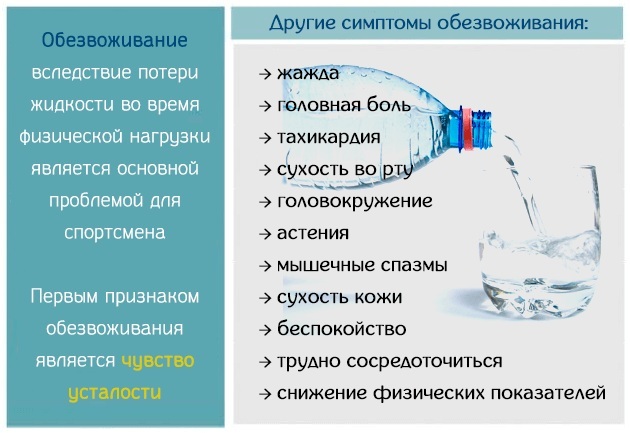
According to experts, normally an adult woman needs to consume about 2 liters of water per day. This figure in men is slightly higher and is about 3 liters, which is associated with a different physique and functioning of the body. In addition to salt cravings, dehydration also leads to dizziness and migraines, the skin becomes cold, and mood swings may disturb. In addition, uncontrolled consumption of salty foods can occur:
With a lack of minerals
Draws on salty (the causes of pathology are most often associated with a violation of the water-electrolyte balance in the body) due to insufficient sodium content, which is responsible for maintaining appetite, neurotransmission, transporting carbon dioxide and normal levels acidity. The human body contains about 0.15% sodium, which with a weight of 70 kg equals approximately 100 g.
In the case of a lack of sodium, the patient begins to suffer from severe headache and nausea, and a breakdown is observed, leading to the development of hyponatremia (when the level of the mineral in the body falls below 135 mmol / l), caused by:
- uncontrolled intake of medications;
- low-salt diet, combined with drinking plenty of water;
- malignant neoplasms;
- chronic renal failure;
- problems with the endocrine system;
- heart failure.
Disrupting the functioning of neurons, such a condition, with a rapid increase in its severity, can lead to cerebral edema and death, therefore requires immediate hospitalization and emergency therapy.
With Addison's disease
Pathology caused by inadequate functioning of the adrenal glands due to bacterial, fungal or genetic causes occurs, according to statistics is quite rare and is accompanied by a decrease in the level of steroid hormones responsible for water-salt, protein and carbohydrate metabolism in the body.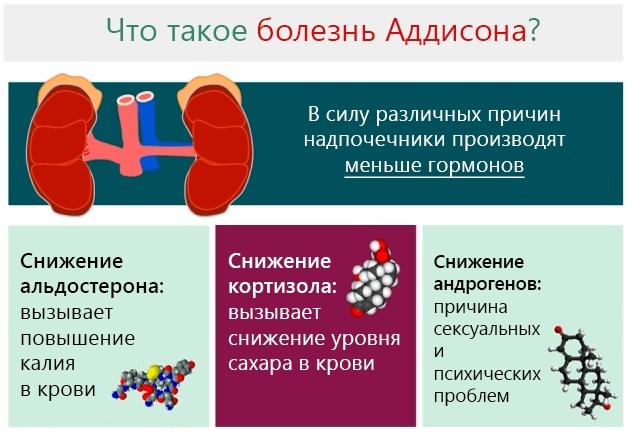
People who have encountered this disease, in addition to addiction to salty foods, complain about:
- extreme tiredness;
- pallor of the skin;
- lowering blood pressure;
- poor appetite and weight loss;
- nausea and diarrhea, lasting a long time;
- muscle pain and cramps;
- the formation of wounds on the inside of the cheek.
With severe stress
Draws to salty (the causes of pathology may be associated with bacterial or fungal lesions of the adrenal cortex) with strong stress in the body caused by stress or chronic fatigue. Salt provokes increased production of cortisone by the adrenal glands, which helps people cope faster with emotional voltage, and in its absence, the body blocks their work, forcing a person to experience a traumatic psyche the situation.
With Barter's syndrome
Draws to salty (the causes of the pathology are associated with poor absorption of sodium by the body) with a rare gene mutation, manifested by impaired electrolyte metabolism and caused by the inability of the renal nephrons to retain potassium and sodium. Minerals leave the body along with decay products, causing a decrease in the amount of circulating blood, with normal or low blood pressure.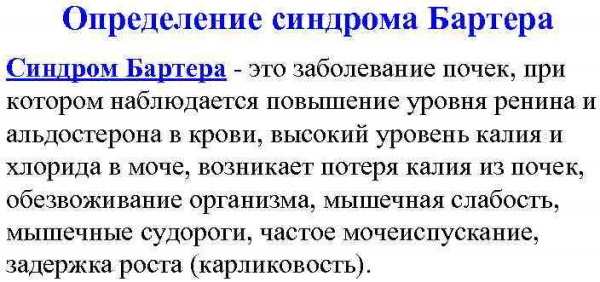
Symptoms of this disease appear in early childhood, causing:
- low body weight;
- hypotension;
- seizures and muscle weakness;
- increased urge to urinate;
- kidney stone formation.
With PMS
5-7 days before the onset of menstruation, a woman may feel a sharp need for salty foods caused by hormonal fluctuations in the body.
With PMS, it can also be troublesome:
- headache;
- frequent mood swings or depression;
- sleep disturbance;
- increased appetite.

In addition to premenstrual syndrome, sudden cravings for salty foods in a woman may be associated with cystitis and inflammatory processes in the ovaries.
In case of power failure
Draws to salty (the causes of the pathology can be hidden in alcohol abuse) due to the prevailing a person's eating habits associated with frequent consumption of fast food, chips, smoked or dried products.
These eating habits are considered by nutritionists to be potentially dangerous because they can cause bloating. stomach, dehydration and fluid retention in the body, as well as cause kidney problems and salt deposition in joints.
Increases cravings for salty foods and alcohol, as it contains a large amount of sugar, forcing the body to minimize the imbalance by eating salty foods (nuts or chips). After drinking alcoholic beverages, the water-salt balance is also disturbed in the body, forcing a person to drink large amounts of water mixed with sodium.
With increased sweating
Sweat is a protective reaction of the body that participates in the process of thermoregulation and helps rid the body of accumulated toxins. Sweat contains a large amount of sodium, the loss of which increases with increased sweating associated with nervous stress or physical overload.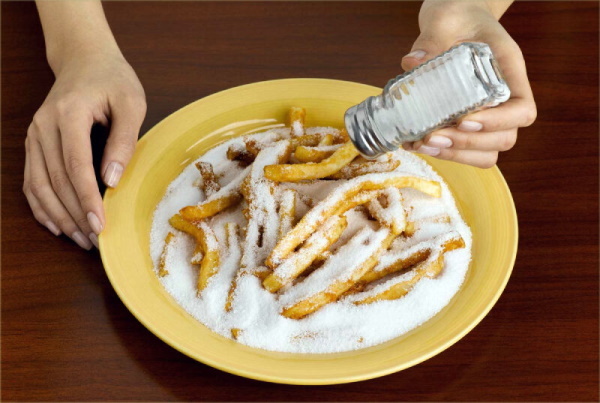
As a result of the abundant release of sweat, the body begins to signal the need to replenish lost amounts of sodium, causing the person to have cravings for salty or salted foods water.
In case of disruption of the gastrointestinal tract
Craving for salty foods is considered one of the signs of a disorder of the secretory apparatus of the gastrointestinal tract, associated with an insufficient amount of hydrochloric acid in it. Eating salty foods stimulates the production of digestive juices and helps to normalize digestive processes.
Diagnostics and treatment
Craving for salty foods, according to experts, can be dangerous for the stomach, kidneys and joints and is a good reason to see a doctor. After listening to the patient, the specialist will conduct a preliminary examination, and then direct laboratory tests to clarify the diagnosis, which also allow determining the causes, which caused a change in eating habits:
- general blood test and biochemistry;
- Analysis of urine;
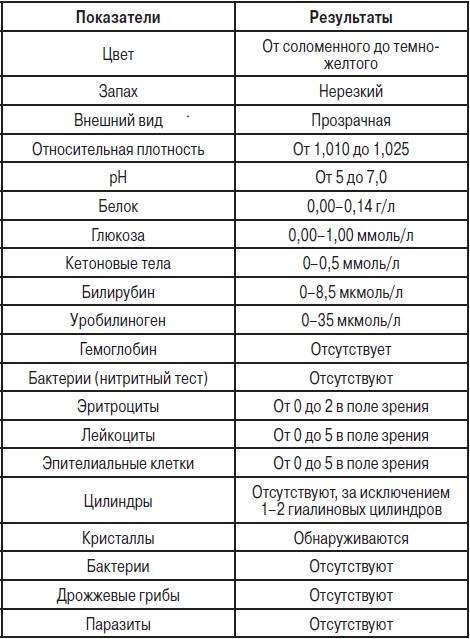
- Ultrasound of the kidneys and thyroid gland.
A woman faced with a problem will also be invited to visit a gynecologist, and men - a urological office.
According to the results of the study, if necessary, corrective treatment will be selected, as well as a special diet will be formed, in which a large amount of salt will be replaced:
- foods high in sodium (seaweed, red fish, hummus with celery;
- lemon juice and olive oil, which enhance the taste of products, but do not contain a large amount of salt;
- whole grains, fruits and vegetables.
Gradually and very slowly, the patient will be asked to reduce the amount of salt consumed daily, as well as to give up sauces containing it, smoked cheese, chips and fast food.
Treating dehydration
Disruption of the electrolyte balance of the body caused by dehydration occurs when the water level drops to 40-50 ml / kg. At the same time, the body weight of a person decreases by 4-5% from the initial indicators. This condition is considered quite dangerous, and if 20-25% of the total volume of fluid is lost, it is fatal.
Mild dehydration can be corrected on an outpatient basis. In other cases, therapy is carried out in stationary conditions, where it is applied: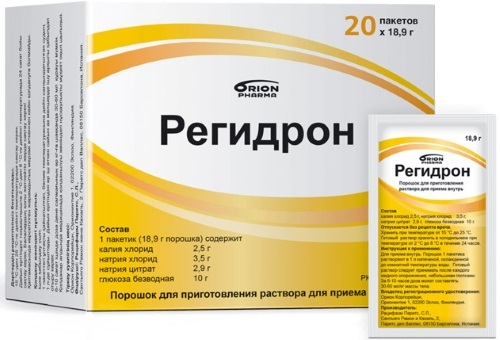
| Oral rehydration | Consists in the use of a large amount of slightly salted liquid and pharmaceutical preparations ("Regidron"). |
| Infusion therapy | It is prescribed for vomiting, provoking a strong loss of fluid, and is carried out by intravenous infusion of solutions (glucose, saline substances) prescribed in a dosage of 1-2.5 liters. |
| Symptomatic therapy | It is used when tissue ischemia is attached to dehydration and requires the appointment of neuroprotective agents and cardiotropic drugs. |
Hyponatremia treatment
Electrolyte disturbance associated with a decrease in blood plasma sodium levels below 135 mmol / L requires urgent resuscitation measures, as well as a thorough diagnosis of the patient's condition, which is necessary to find the cause that caused a sharp loss of sodium by the body.
The hospitalized patient is assigned:
| Fluid restriction | Not exceeding 1000 ml / day and preventing the leaching of minerals. |
| Saline administration | Intravenous administration of 0.9% NaCl solution is carried out with acute sodium deficiency. At the same time, the lack of other electrolytes in the body is replenished. With the appearance of bright neurological symptoms, the dose of sodium chloride increases to 3%. |
| Diuretic drugs | Loop diuretics (Furosemide) are prescribed to remove large amounts of fluid from the body. |
| Blockade of ADH | It is used to control the increased secretion of ADH accompanying hyponatremia and is carried out with the help of demeclocycline hydrochloride and conivaptan. |
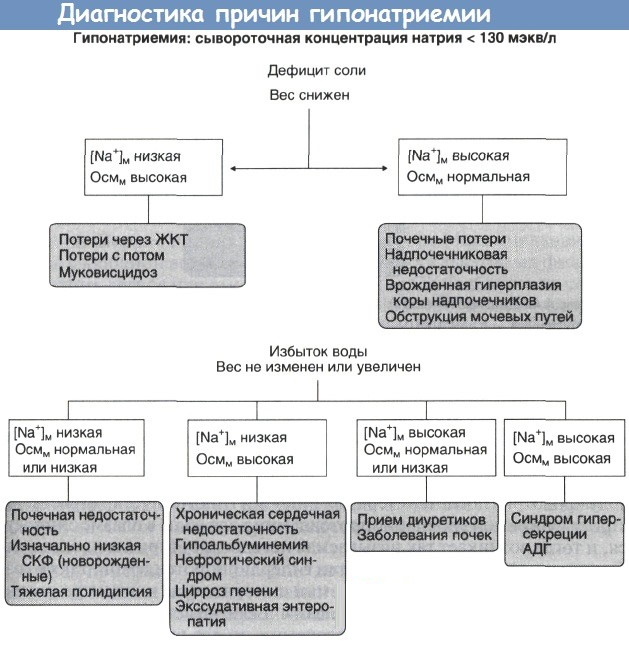
After eliminating the sodium deficiency, the underlying disease that caused the pathology is treated:
| Pathology | Method of treatment |
| With cirrhosis of the liver | Appointed:
In addition to medications, the patient will have to completely abandon the use of alcoholic beverages. |
| With endocrine pathologies | Hormone replacement therapy is performed using fludrocortisone and hydrocortisone (for adrenal insufficiency) or levothyroxine (for hypothyroidism). |
| With chronic heart failure | Applicable:
|
| For chronic renal failure | Hemodialysis is performed |
Treatment for Barter syndrome
Treatment of genetically induced urological pathology includes substitution and drug therapy, requiring an adequate intake of potassium and sodium chloride with food, as well as additional intake of potassium supplements. Therapy of pathology begins immediately after the birth of the child and is carried out with the help of infusion therapy with saline solutions (NaCl, KCl) and potassium-sparing diuretics (Triamteren).
Also appointed:
- inhibitors of prostaglandin synthesis ("Indomethacin" and "Aspirin");
- ACE inhibitors (Captopril).
With Addison's disease
With pathological lesions of the adrenal cortex, hormone replacement therapy is performed with hydrocortisone and fludrocortisone acetate. In addition, during treatment, the effects of dehydration are eliminated and drugs are prescribed to stop the development of heart and respiratory failure, and if an infection is detected, antibacterial therapy.
In addition to drugs, the patient is prescribed a special salt diet.
In the absence of treatment for the disease, the onset of the Addison crisis is possible, caused by a decrease in the level of cortisol in the body. and aldosterone and requiring emergency medical attention due to its potential to cause fatal outcome.
Stress treatment
Treatment of chronic stress associated with decreased cortisol production requires psychological, medication, and relaxation therapies. In the modern therapeutic practice of psychologists, there are a large variety of techniques that allow you to cope with stress and return to normal life.
As drug therapy, the application is shown:
- sedatives;
- antidepressants;
- tranquilizers.
Relaxation treatments such as relaxing breathing techniques, yoga and massage can also help combat stress.
With gynecological pathologies
The unpleasant symptoms that occur with PMS can be corrected by:
- normalization of the regime of work and rest with dosed physical activity;
- rational balanced nutrition - fractional low-calorie diet.
A highly effective method for treating the syndrome is psychotherapy, which consists in confidential a specialist's conversation with his patient and aimed at explaining the reasons that caused unpleasant symptoms.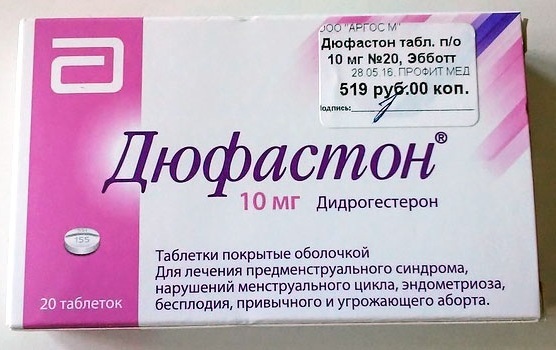
In severe cases, hormone therapy is prescribed to treat the symptoms of PMS, which consists in taking duphaston (for patients wishing to become pregnant) or hormonal contraceptives.
Gynecological pathologies that provoke cravings for salt, such as inflammatory processes of the ovaries or cystitis, require the appointment of drug therapy, including:
- antibacterial medicines;
- diuretics and anti-inflammatory drugs.
Possible complications
Draws on salty (the causes of pathology in some cases are caused by severe urological disorders) of women and men with lack of minerals in the body necessary for the full functioning of the endocrine, gastrointestinal and cardiovascular systems.
Lack of sodium caused by an imbalance in water and electrolyte balance with a sharp decrease in the amount of fluid in the body or destruction of the cortex adrenal glands, it is dangerous for the development of cerebral edema and tissue ischemia, which in a short time can lead to serious consequences or fatal the outcome.
In the absence of pathology, nutritionists strongly advise people who are accustomed to eating a large number of salty foods to gradually reduce their daily sodium intake to 1500-2400 mg per day. Otherwise, intemperance in food can lead to the development of cardiovascular disease or the appearance of salt deposits in the kidneys and joints.
The pathologies provoking hyponatremia are, according to the international classification of diseases, life-threatening and untreated, they provoke disruption of the work of all vital organs and systems with the subsequent possible fatal the outcome.
Craving for salty foods can be a consequence of a food habit or a symptom of a dangerous pathology associated with the loss of a large amount of sodium by the body or a decrease in the level of steroid hormones. A symptom, which is a good reason for visiting a doctor, can be stopped with timely treatment, not only by restoring the correct diet, but also by preventing the development of life-threatening pathologies.
Salty cravings video
Malysheva about when he is attracted to salty:



